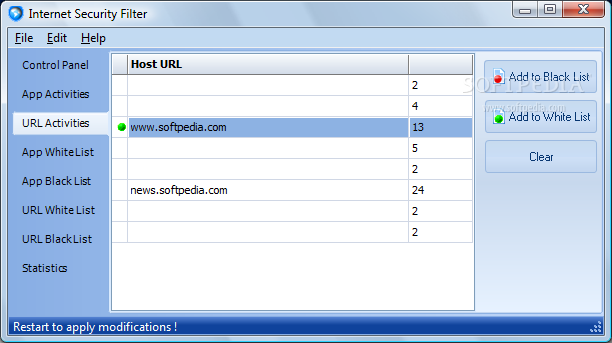

You’ll also want to check whether these web filters grant a good protection level taking into consideration features such as scanning downloaded files for malware, app-blocker, filtering HTTPS/SSL encrypted traffic, protection from malware, phishing, and unwanted software overall, group-based web filtering, tracking a device' location, access to device’s web history, real-time alerts and extensive reports.Īlso, if you’re using a free tier from a company that offers paid plans, check their product range as well the scope of their customer support. So, since most free web filters aren’t worth it, how to choose a worthwhile solution?įirst of all, you need to know on which devices (smartphone or desktop) you want to use a web filter, the number of devices you had in mind, as well as operating system (OS) or browser they’re created for – that’s because many of these are actually meant as extensions or add-ons of certain browsers (opens in new tab) (like Chrome, Firefox, and Opera). There are two main approaches to web filtering: blacklisting – which implies that a list of malicious or otherwise undesirable sites is made and access blocked accordingly, and whitelisting - an opposite (and stricter) approach to blacklisting which implies creating a list of permitted sites and blocking everything else.Īlso, as the term suggests, a free web filter is one that comes completely free of charge - and usually not for a limited period only.


 0 kommentar(er)
0 kommentar(er)
